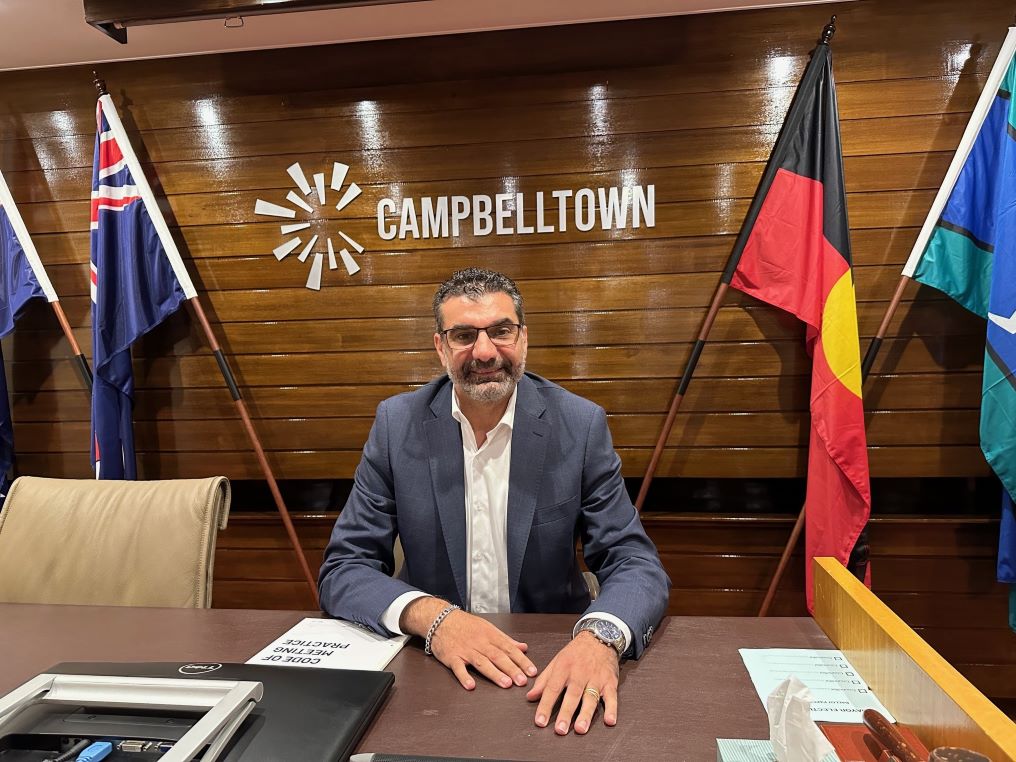
Over the past 50 years there have been a few attempts to introduce a multiple ward system in Campbelltown.
None got past first base.
Campbelltown is one of the few councils with a single ward system, however a big increase in population now and over the next 20 years has increased the pressure for change.
A report to council for tonight’s meeting offers a few insights into the complexities of change.
The report offers a number of recommendations, but top of the list is doing nothing, nada, maintain the status quo.
And mayor George Greiss agree.
Commenting on the report in his Mayoral Minute for tonight’s council meeting, Cr Greiss says “implementing a ward system within the Campbelltown context must be considered cautiously’’.
“The risk of disenfranchising minority voices and amplifying the electoral influence of the dominant demographic cannot be understated,’’ writes Greiss, who has turned out to be a more thoughtful and reflective than most of his recent predecessors.
“Such risks are magnified by the increased number of wards and minimised by maintaining a one-ward council,’’ he says.
“Therefore, contemplating a ward system for Campbelltown should be suspended until other more pressing democratic reforms are implemented.’’
Council will debate and vote on the report at tonight’s meeting, which starts at 6.30pm. Residents can watch a live webcast via the council website.
The report offers up retaining the current structure of 15 councillors elected to represent the entire Campbelltown area as option one.
Option two proposes a system of three wards and just three councillors per ward for a total of nine councillors.
Option three is to have three wards electing five councillors each.
Option four is the creation of five wards electing three councillors each.
The report says the cost of a constitutional referendum held in conjunction with September’s council elections would be around $95,000 to $100,000.
“The report’s examination of the proposed ward structure scenarios reveals a critical a measurement of electoral design – the interplay between the quota per councillor and the geographic breadth from which this quota is derived,’’ comments Mayor Greiss.
“Two scenarios maintain proportionality regarding votes per councillor- three wards with five councillors each and five wards with three councillors each – while limiting the geographical area from which the quota is obtained to a third or fifth of the current area.’’
